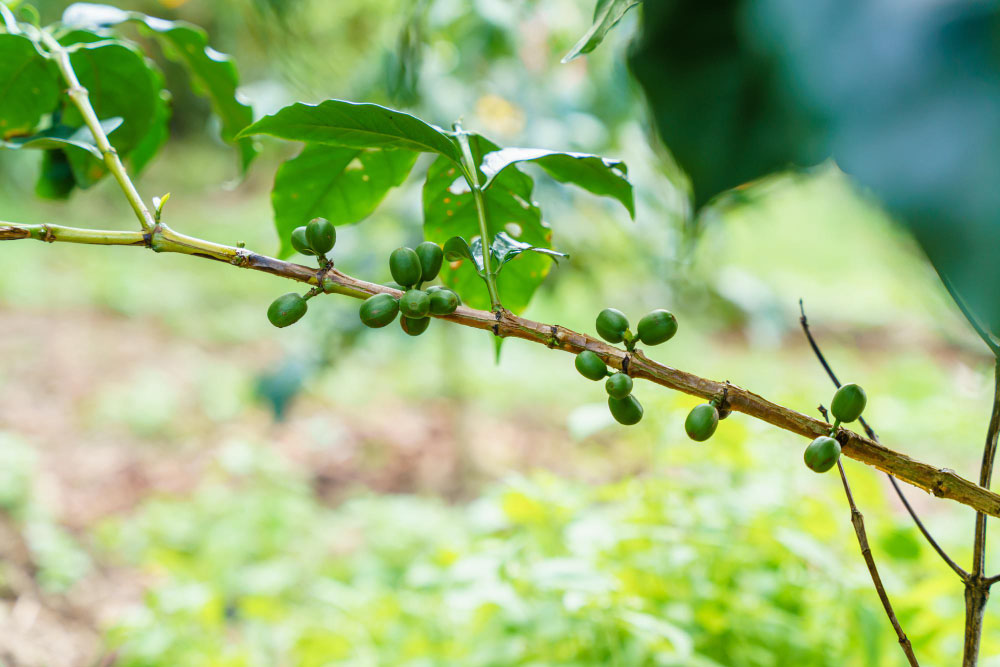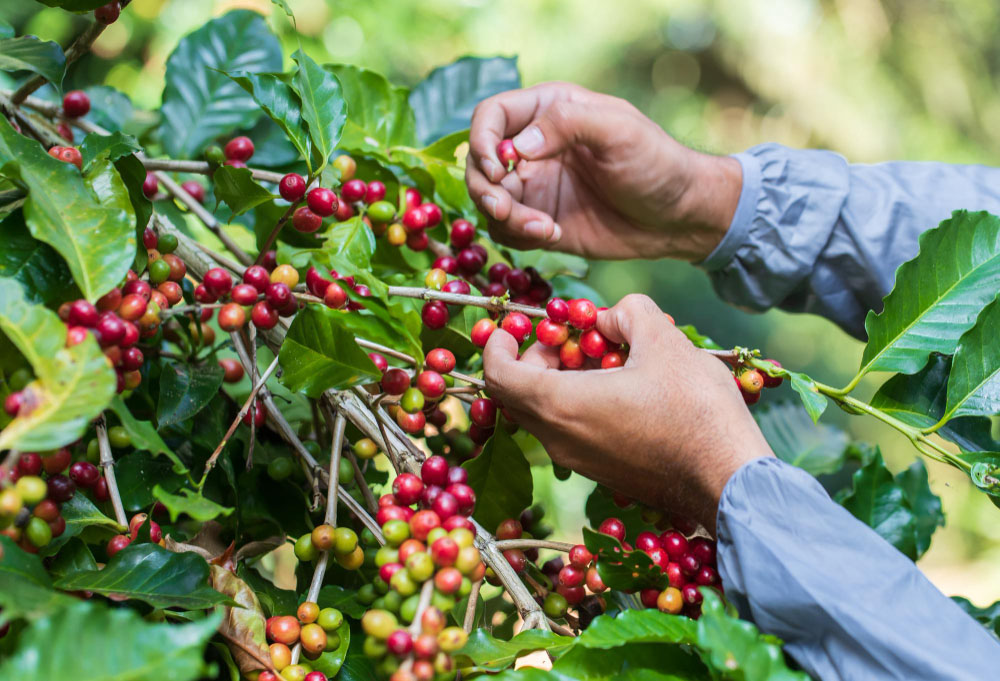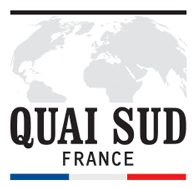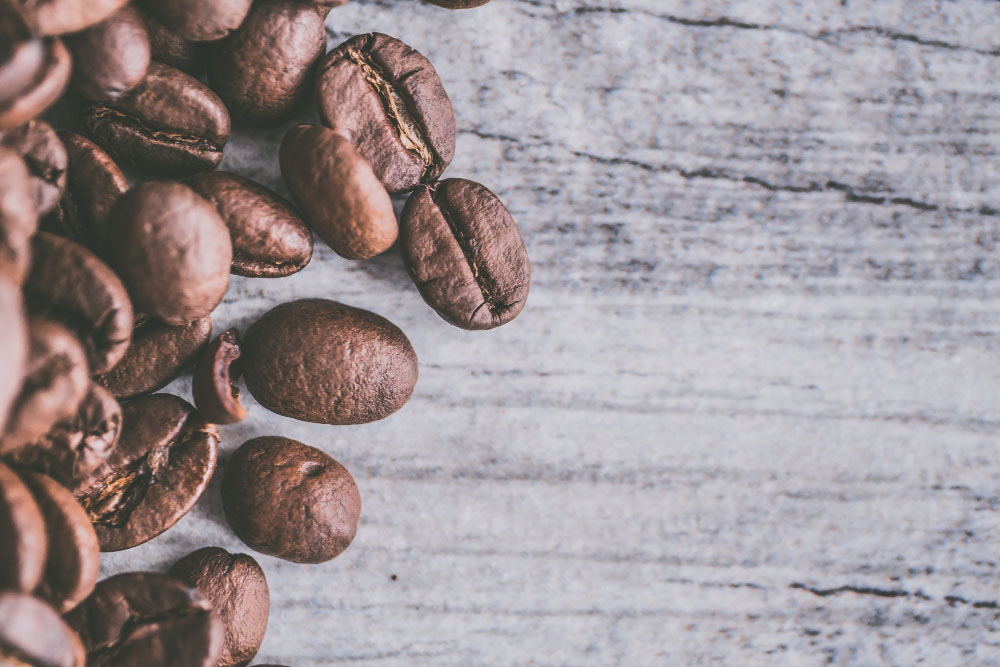Every day, more than 2,5 billion cups of coffee are consumed worldwide! However, only one coffee suits you: yours! But what makes your coffee so good?! Several factors come into play: the quality of the harvest, the origin, the roasting… A lot happens before you get the delicious nectar that fills your cup every morning! To better understand what makes the specificity of your favorite "little black", Quai Sud went back to the origin of the taste of coffee.
What makes coffee taste?

Let's talk about first coffee culture, because it is on this that a large part of the taste of your coffee depends. The coffee tree grows in tropical areas, sheltered by trees. There are more than 80 species, but only two are cultivated for their taste qualities:
- Arabica is grown between 800 and 1 meters above sea level, in a mild climate and in rich soil; the higher the altitude, the finer its aromas. It is the most widespread and the most qualitative. It is so good that it is classified as a cru, like great wines! If this is your favorite, you are a connoisseur!
- The canephora, in other words robusta, grows in the plains of hot and humid areas. Rich in caffeine, it is less refined and more bitter than arabica. It is most often used to spice up a mixture. To be reserved for lovers of character!
The best wines are harvested by hand several times a year, to select only fully ripened fruit. Then, the whole manufacturing process will influence the taste. The coffee cherries are washed and then their grains are extracted:
- Either by the dry method : the cherries dry in the sun then are stripped of their pulp. This technique makes your coffee mild, slightly sweet.
- Either by the wet method or fully wash : the cherries are pulped and then ferment for 3 days in a vat, before being washed again and dried. The coffee will then be less bitter, a little more acidic and much finer in the mouth.
- Either by the honey or honey process : the cherries are pulped, leaving more or less of the flesh – the mucilage – before putting them out to dry. The mucilage then takes on a honey texture and caramelizes in the sun. This still rare technique gives very soft and fine coffees.

The beans will be further dried, then shelled to give green coffee. They will finally arrive in the temple of taste: roasting workshop ! This is where the bean will reveal all its aromas. Depending on the intensity of the roast, the result in the cup will be sour, balanced or bitter. An entire program !
coffee producing countries in the world
The origin of the coffee is essential when it comes to taste. Just like wine, coffee has its terroir, characteristics related to variety, soil, humidity and shade. Of course, you are not being asked to check whether your coffee grew under a banana tree or a guava tree (especially since with 90 producing countries spread between the two tropics and more than 400 coffee vintages, that makes lift sheets 😵), but knowing where it comes from will help you determine which features you like.
Here is some information on where the coffees come from. Each geographical area has its uniqueness, which will be revealed during roasting:
- East Africa : it is the cradle of arabica coffee. Ethiopia and Yemen produce coffees of great finesse, with aromas of white flowers, fruits, sometimes cocoa; it is the land of mocha coffee, with exceptional world-renowned vintages (Harrar, AIDS, Yirgacheffe…). Kenya gives excellent acidulated coffees with notes of red fruits, as does Zimbabwe (production still confidential).
- Central America : a volcanic soil, exploited in small plantations, often organically and by honey process (Costa Rica, Guatemala, Nicaragua, Mexico). A terroir at the origin of balanced, fruity coffees, both full-bodied and slightly acidic, thanks to very aromatic traditional varieties (Maragogype, Typica, Bourbon, etc.).
- South America : great vintages in Colombia and Venezuela; in Peru, some very aromatic crus without bitterness, others more lively intended for flavored coffees. Brazil provides a plain arabica sweet and fragrant, with aromas of vanilla and dried fruit, as well as robustas for the blends.
- Southeast Asia and West Africa : the lands of robust coffee, intense and Butter exceptional! However, some sweet, aromatic and spicy Arabicas in Indonesia.
You will understand, the trip is in the cup, and this is only a modest preview! Many elements contribute to the identity, the personality of your coffee, so be curious! Read the labels, push the door of a roastery, meet roasters... You will refine your taste and your coffee will no longer hold any secrets for you! Discover our selection of coffees and soon, new articles on exceptional coffees.







